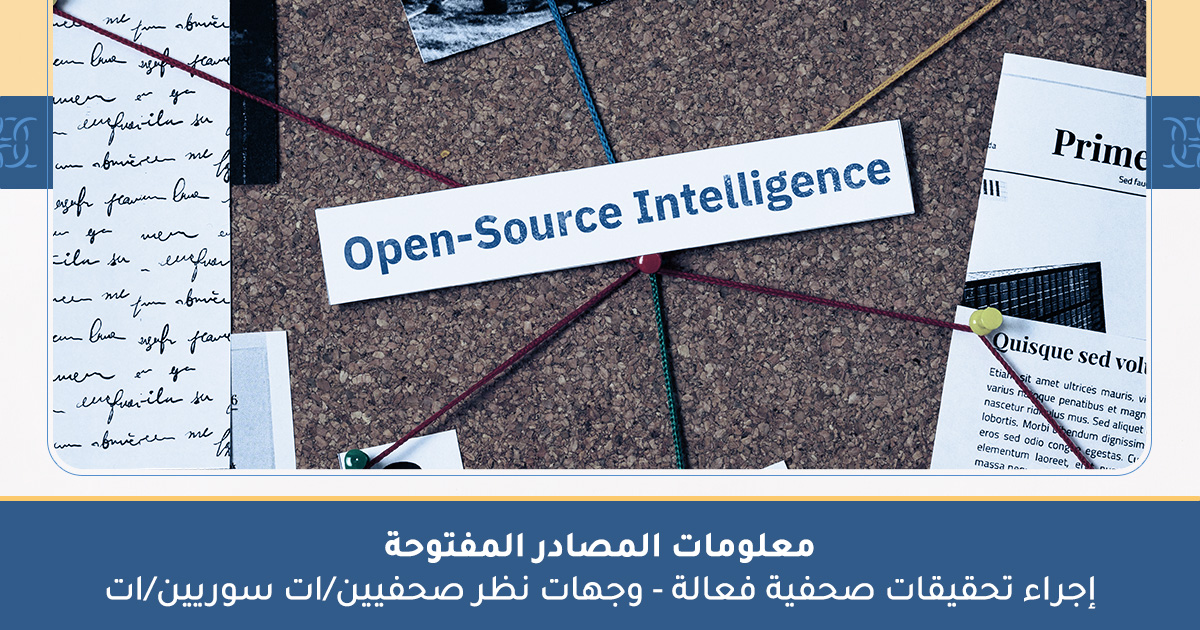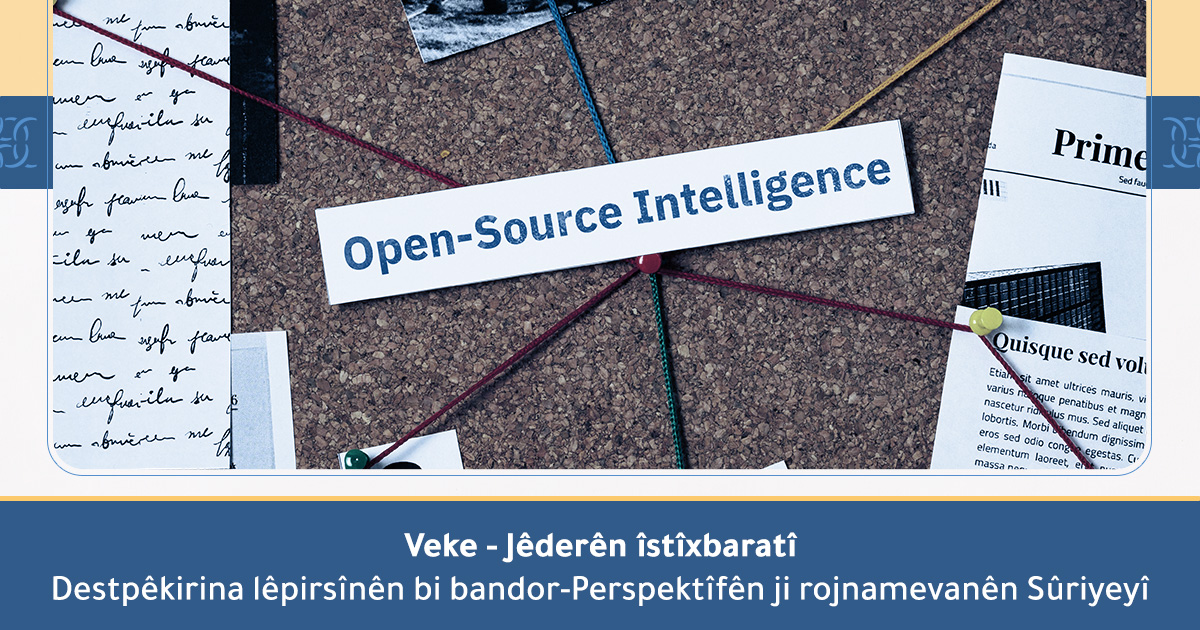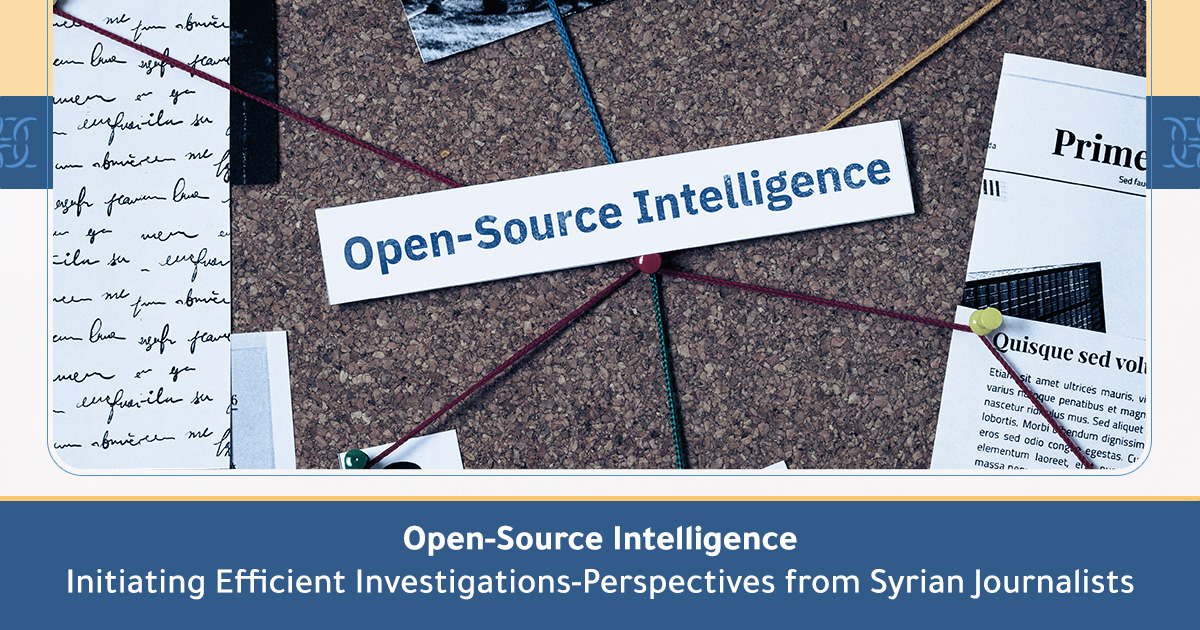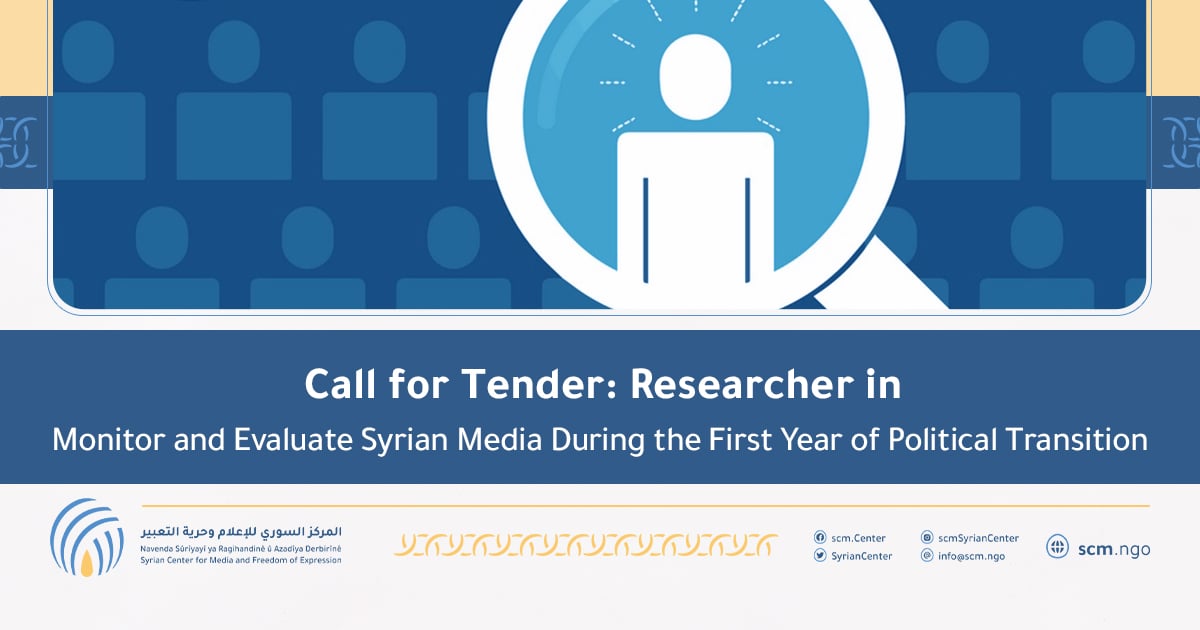TDA conducted a survey between 10th November 2015 and 4th January 2016, with the objective of identifying and assessing local residents’ views of their local councils. Researchers carried out the survey with a sample group of 803 Syrians, consisting of 424 males and 379 females. The survey was conducted in liberated areas, namely five areas in which the following local councils operate:
1) The Local Council of Darayya in Damascus province.
2) The Local Council of al-Rastan in Homs province.
3) The Local Council of Idlib city in Idlib province.
4) The Local Council of Ma’aret al-No’man in Idlib province.
5) The Local Council of Ebleen village in Idlib province.
Local councils across Syria have played a crucial role since the onset of the revolution, in governing areas after they have been cleared of regime control. These local councils were handed the responsibility of providing general services to their local residents, having faced and continue to face many existential challenges. Many researchers have conducted studies on the work and challenges faced by these local councils, and provided a vision for improvement and solutions. The issue with many of these studies is that they are void of the opinions of the local residents, and rely primarily on the views of those who work either within the local councils or in partnership with them. Therefore this survey aims to fill this vacuum, and provide a voice for the local residents who are directly impacted by local councils, and who are the primary beneficiaries. The survey provides answers for what local residents want from their local councils, how they assess the performance of their local councils, the challenges they face with their local councils, what their immediate needs are, and finally how they expect the councils to govern their respected areas.
This survey aims to help local councils identify the views of their local residents, so that they can work towards improving their services and better understand the expectations of the public. In addition, it will also help donors and organisations who work with local councils assess the impact of their projects and the views of the local residents of their work.
The survey has three main sections:
1) The first section covers the general views and assessment of the recipients, the challenges the local councils face, and local elections.
2) The second section analyses the assessment of recipients of the services their local councils offer. This section is split into five parts, each part dealing with a different local council and the unique situation of each area as well as how it should be operating. In addition to this, the section deals with the nature of communication between the councils and the local residents: the varying backgrounds of the local residents, their understanding of the way the council operates and is organised, and how they perceive the challenges their local councils face.
3) The final section explores the background of those who work within the local councils, and their assessment of the challenges faced by the local councils. The survey concludes by first presenting general findings, then discussing the results as they relate to each local council individually. It also presents a summary of specific recommendations for the local councils, and describes the methodology used to extract the data for this research.
Main results of the survey:
1) The challenges differ from one local council to another, depending on their situations and geography. The difficulties fall into two categories: 1) External challenges, including the fact that local councils cannot control Russian bombardment, hostile military factions, or insufficient donor funding; 2) Internal organisational challenges which each council does have a measure of control, such as personal relationships, leadership, and corruption.
2) Funding was the most concerning problem in four out of the five areas we conducted the study. Over half of the participants listed it as their top problem in Darayya and al-Rastan, 39.4% of the participants mentioned it in Ebleen village, 30.4% in Idlib, and 21% in Ma’aret al-No’man.
3) Nepotism was considered the most significant problem by a plurality of respondents in Ebleen at 33.3%, decreasing slightly in al-Rastan and Ma’aret al-No’man at 25%, and 13% in Idlib. In Darayya it appeared to be the least of the city’s problems, with only 5.6% of the participants mentioning it.
4) Concern about military factions’ involvement in civil affairs was highest in Idlib at 10.9% of respondents, decreasing to 6.5% in Ma’aret al-No’man and to 3.6% in al-Rastan. None of the respondents in Darayya or Ebleen mentioned the issue.
5) There appears to be a consensus among Syrians regarding the funding of local councils from external or foreign sources in the current period. Only 4.4% of the participants strongly opposed external funding.
6) How local councils were founded differed from place to place. Origins of the foundation of local councils fall under three main categories: 1) Set up by armed factions; 2) Set up by the town’s notables and established families, likely in collaboration with the military factions of the area; 3) Elected through local elections.






